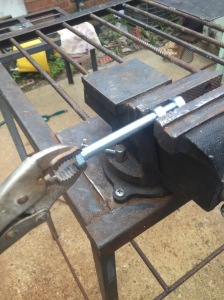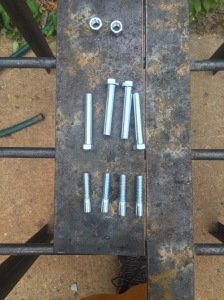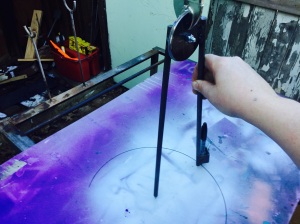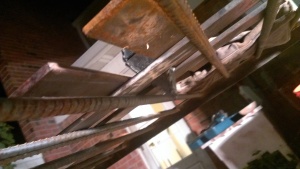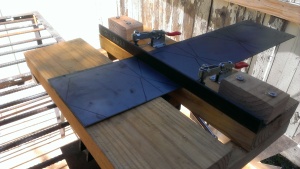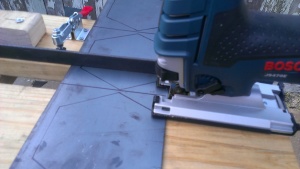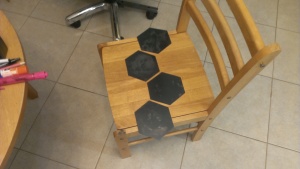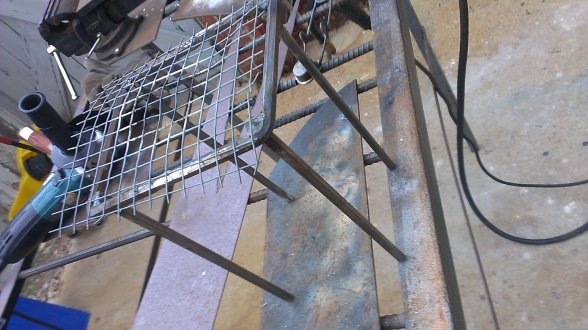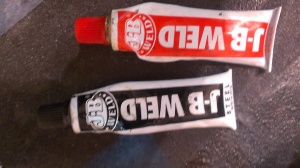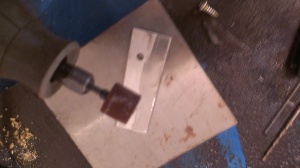Why Cut Bolts?
There are a few reasons why you may choose to cut a bolt. One may be that you need and unusual length that is just not mass produced and too expensive to have it custom made. Another reason, is you could be needing a certain bolt length on a weekend, holiday or a weird hour of the night. In that case, it might be more practical, for example, cut a 4 inch bolt down to a 2 inch bolt rather than suspend a project just to by the right length of bolt. A third reason, one most concerned with here, is you need a threaded stud to weld into a project and need the bolt head removed.
Secure Bolt Into A Vice
When setting up to cut a bolt, first you have to tightly secure it so it will not move while the teeth of the hacksaw blade are cutting into it. If you need to protect the threads from damage, the easiest thing to do is screw on two of the appropriate sized nuts. When all the corners of the hex nuts line up, you simply put the assembly into the vice and tighten it. Square nuts might actaully be a little easier for this technique. Now you may notice the bolt has some play and will spin within the nuts. This is especially true if you are dealing with the SAE coarse threaded hardware. It is imperative that you fully secure the bolt still or the hacksaw blade will not have a chance to cut.
As seen from the photo above, a simple solution to the problem of securing the bolt is to clamp vice grip pliers on the head of the bolt and hold with one hand. Then one simply needs to use the other hand to operate the saw. Make sure the teeth are pointing away from you and use at a downward angle fashion. The video below will give you a better visual of this.
Quality Of The Hacksaw Cut
You may ask, why would I want to use a hacksaw anyways if there are so many powerful power tools available that will do the job quicker and with less labor? The quick answer is quality and precision of the cut. Abrasive wheels used in power saws and grinders have a thicker curf as not necessarily making a clean cut. Reciprocating saws are bulky and are notorious for being inaccurate. Portable bandsaws are also cumbersome and expensive. A hacksaw, even a good brand, is usually less than $20, is light weight, and the blade can be installed in other configurations allowing cuts from unusual angles. The replacement blades are very cheap also. As seen from above photo, the cut needs minimal dressing with sandpaper or a file.
Keep Remaining Bolt Heads
I feel it is best to keep the left over bolts for later use. In the case of the studs I was making for a project, the left overs where nearly two inches long. These can be reused as makeshift pins for temporary securing devices and fixtures, or as blanks for threading new screws. So each four inch bolt I cut has the potential to become two separate fasteners.


